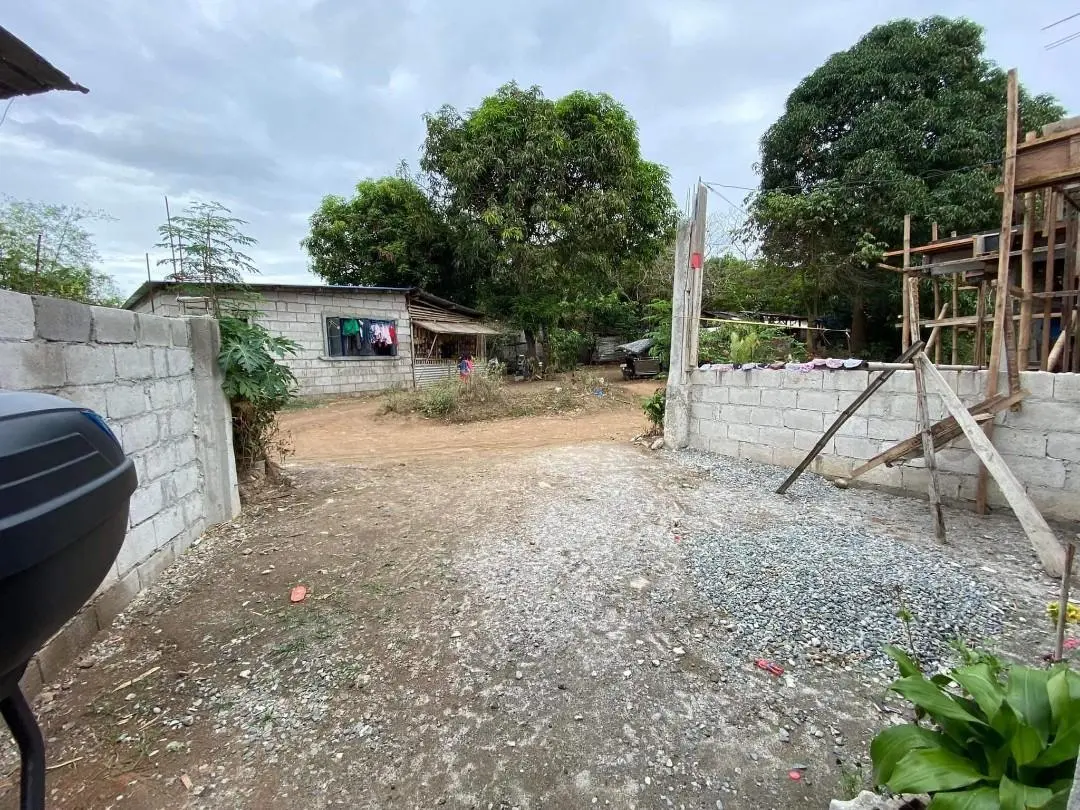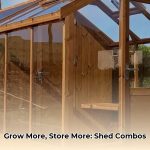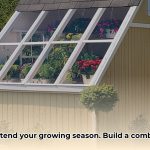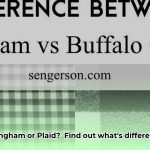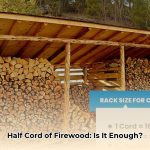Cost of Birr per Square Meter of a Steel Shade in Ethiopia
Steel shades are a popular choice in Ethiopia for their practicality and ability to combat the strong sun. However, determining the cost of a steel shade goes beyond a simple price tag. Several factors come into play, impacting the final cost per square meter.
Material Selection:
The type of steel significantly influences the cost. Galvanized steel, known for its affordability and resilience against rust, is a common choice. Stainless steel, while more expensive, offers enhanced durability and longevity.
Size and Design Complexity:
As with any construction project, size directly affects cost. Larger shades require more materials, leading to higher expenses. Similarly, intricate designs and custom features increase labor and material costs compared to simple, single-slope shades.
Land and Construction Costs:
Land prices, particularly in urban areas like Addis Ababa, contribute to the overall project expenses. Additionally, the booming construction industry in Ethiopia has led to increased labor and material costs, impacting steel shade pricing.
Sustainable Building Practices:
While potentially requiring a higher upfront investment, embracing sustainable building practices can yield long-term savings. The Ethiopian government encourages sustainable construction by offering incentives such as reduced land prices for eco-friendly projects. Additionally, sustainable materials often translate to lower energy bills over time.
Government Regulations and Market Fluctuations:
Ethiopia’s reliance on imported steel exposes the construction industry to currency fluctuations. Variations in the Ethiopian Birr against currencies like the US dollar directly impact the price of imported steel. The government attempts to stabilize the market through measures like adjusting scrap metal prices, but the effectiveness of these policies remains to be seen.
Factors Influencing Steel Shade Costs in Ethiopia
Beyond the direct cost of materials and labor, several external factors influence steel shade prices in Ethiopia:
- Fluctuating Foreign Currency Rates: Volatility in exchange rates affects the cost of imported steel, leading to potential cost overruns in construction projects.
- Increasing Demand for Steel: Ethiopia’s booming infrastructure and industrial sectors have significantly increased the demand for steel, driving up prices.
- Limited Cost-Effective Alternatives: The scarcity of affordable and readily available alternatives to imported steel further contributes to rising construction costs.
- Government Incentives and Regulations: Government policies, such as scrap metal price adjustments, aim to regulate market fluctuations, but their impact on long-term price stability requires further analysis.
Navigating Steel Shade Pricing in Addis Ababa: A Guide
When planning a steel shade project in Addis Ababa, consider these factors and tips to navigate pricing effectively:
Price Determinants:
- Material Type: Galvanized steel remains a popular, budget-friendly option, while stainless steel offers greater durability at a premium cost.
- Shade Size: Larger shades require more materials, directly impacting the overall cost.
- Design Complexity: Intricate designs and custom features add to labor and material expenses.
Smart Shopping Strategies:
- Compare Quotes: Consult multiple suppliers to compare prices and potentially uncover cost savings.
- Explore Local Options: Supporting local businesses can lead to more competitive pricing due to lower transportation costs.
- Monitor Market Trends: Stay informed about global steel prices and local market fluctuations to anticipate potential price changes.
- Consult Experts: Seek advice from experienced contractors or construction professionals for insights and accurate price estimates.
Steel Shade vs. Alternative Roofing: Cost Comparison in Ethiopia
Choosing the right roofing material involves considering cost, durability, aesthetics, and sustainability. Here’s a comparison of steel shades with other common roofing options in Ethiopia:
Steel Shades:
The cost of steel shades varies based on the type of steel used, size, and design complexity. Galvanized steel offers affordability, while stainless steel provides greater durability.
Alternative Roofing Options:
- Asphalt Shingles: Widely available and budget-friendly, costing roughly $80 to $130 per square meter.
- Metal Roofs: Highly durable but more expensive, ranging from $100 to $1,300 per square meter depending on the type of metal.
- Slate and Tile: Offer a premium aesthetic and exceptional durability but come at a high cost, around $350 to $600 per square meter for materials alone.
- Stone-Coated Steel: Combining the strength of steel with the appearance of traditional roofing materials, it costs between $350 and $600 per square meter for materials.
Additional Cost Considerations:
Beyond roofing material costs, factor in land prices, which are significantly higher in urban areas, and construction expenses, influenced by the industry boom.
Sustainable Roofing Options:
Consider sustainable options like cool roofs or green roofs, which offer environmental benefits and potential cost savings through energy efficiency and government incentives.
Making Informed Decisions:
Research thoroughly, compare costs, and consult with professionals to select the most cost-effective and suitable roofing solution for your specific needs and budget.
For comprehensive information on roofing costs in Addis Ababa, refer to our detailed guide: Cost of Roofing Materials in Addis Ababa.
Interested in other aspects of construction? Explore our resources on the standard height of a mezzanine, different types of road construction machines, or learn about the intricacies of asphalt road building.
- Greenhouse Storage Shed Combos: Your Guide to Combining Growing and Storage - April 21, 2025
- Greenhouse Shed Combo: Design, Build & Grow Year-Round - April 21, 2025
- Gingham vs. Plaid: What’s the Difference? A Complete Guide - April 21, 2025
